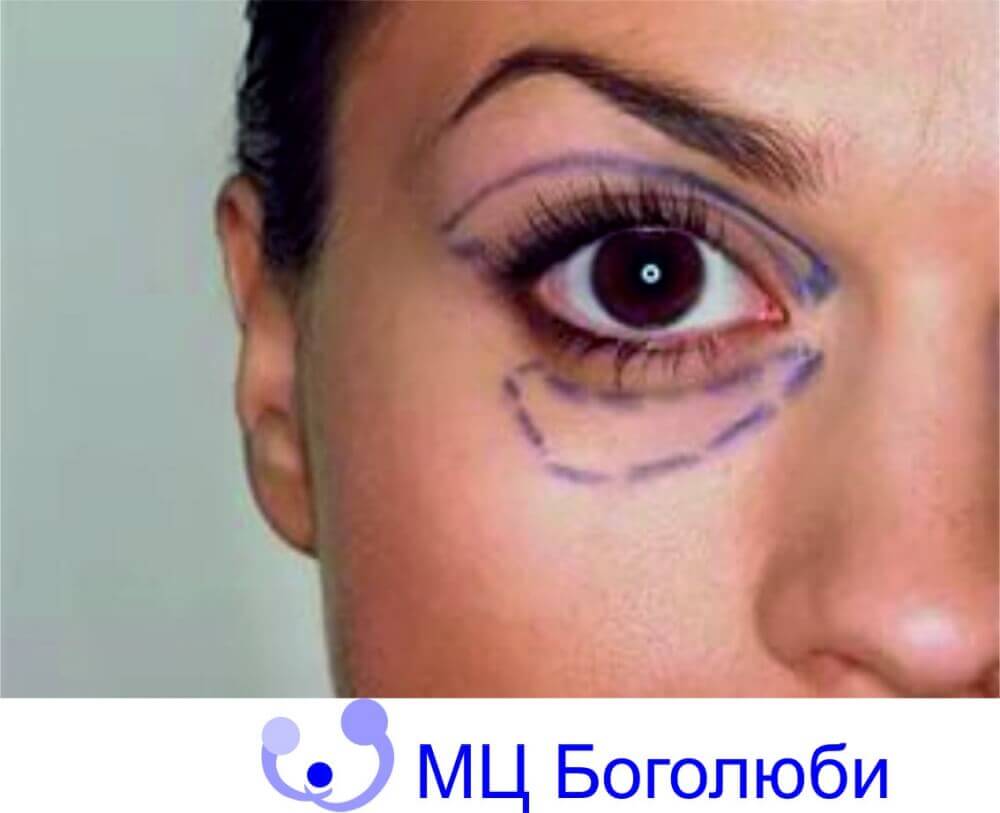Blepharoplasty - is a surgical procedure performed on the upper or lower eyelid, usually for an aesthetic purpose. This operation helps to correct defects such as a drooping eyelid, fat bags and dark circles, which give the whole appearance an elderly and tired look, and sometimes interfere with vision.
. The surgeon, during the first visit, evaluates the structure of the bone of the patient’s face, the qualitative characteristics of the skin and muscles around the eyes, notes the presence of any cosmetic and / or functional defects to explain the goals and aesthetic results that can be obtained.
The specialist also evaluates the general health condition to exclude the presence of changes (high blood pressure, problems with bleeding or scarring) that may affect the final result. Blepharoplasty is performed under local or general anesthesia. The approximate duration of the operation is from 40 minutes to an hour. A patient who has had blepharoplasty can resume his normal life from the third day, while avoiding strenuous activities, sauna, steam bath and sun exposure for at least 30 days. Do not be afraid of bruises and swelling of the postoperative period - this is a normal phenomenon that will pass in a couple of weeks. After the operation, you must be prepared for the fact that there will be a slight visual impairment. This is also normal.
Who can undergo blepharoplasty?
Successfully undergo this type of surgery can patients who still have elastic skin, but have already begun to show signs of wilting in the immediate vicinity of the eyelids.
Is there an "ideal age" for blepharoplasty?
The highest requirements for this kind of intervention are made by patients aged 35 to 60 years. It should be noted that blepharoplasty can be combined with other methods of plastic surgery, such as facelift or eyebrow lift, liposuction, breast augmentation etc.
The risks of blepharoplasty
Cosmetic surgery of the eyelid is a fairly simple surgical procedure, and as a rule, when performed by a qualified specialist, there are no complications and risks. However, in rare cases, both bleeding and infection can occur. To prevent complications, it is important to follow the instructions of the surgeon before and after the operation.
Often, patients are worried about the idea of scars after blepharoplasty. This alarm is unfounded: the scars after blepharoplasty are aesthetically insignificant, because they are very thin and hidden in the folds of the skin of the eyelid. Plastic surgery of eyelids of any complexity is successfully done by surgeons of the Bogoliuby MC.

















